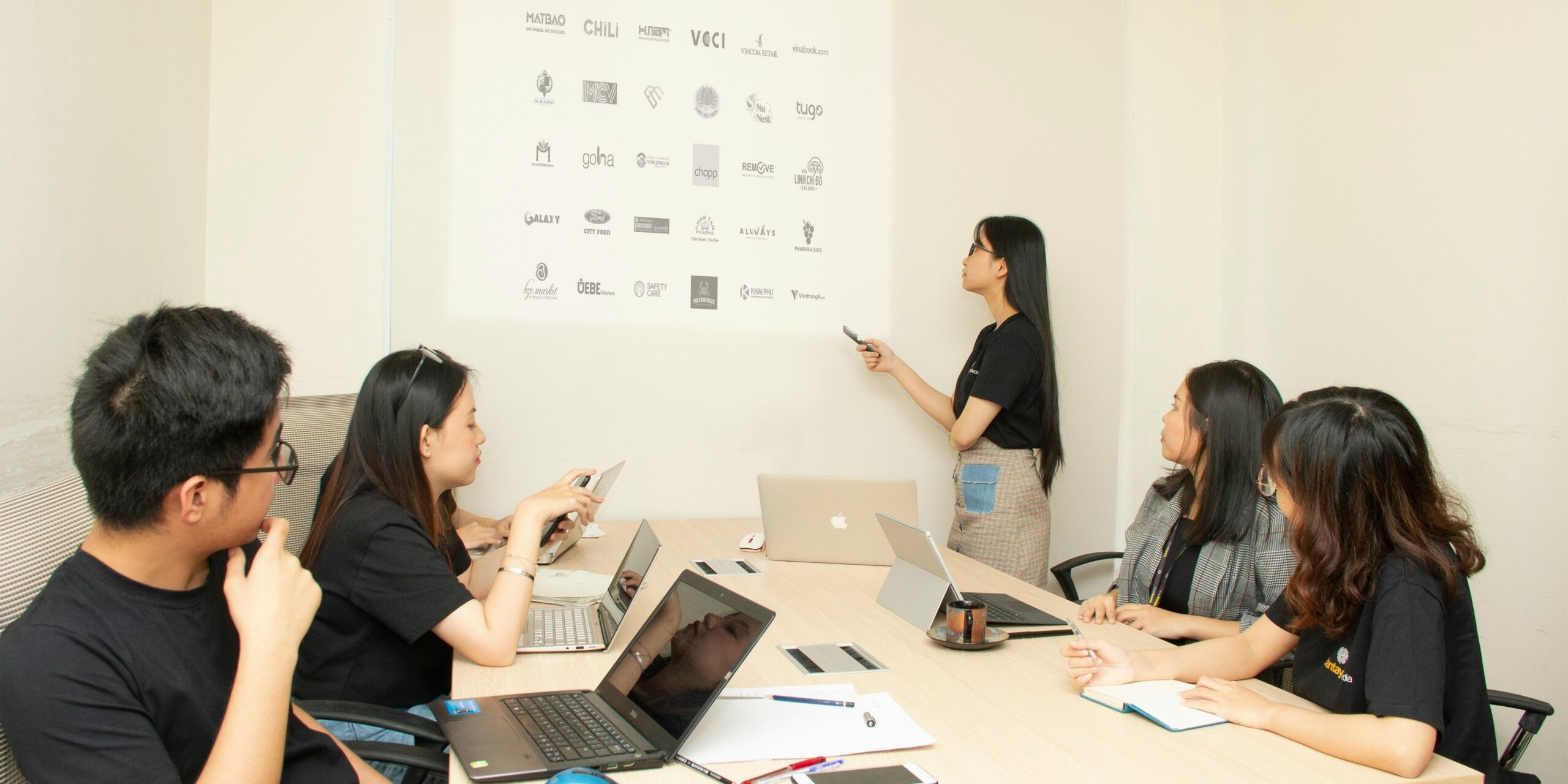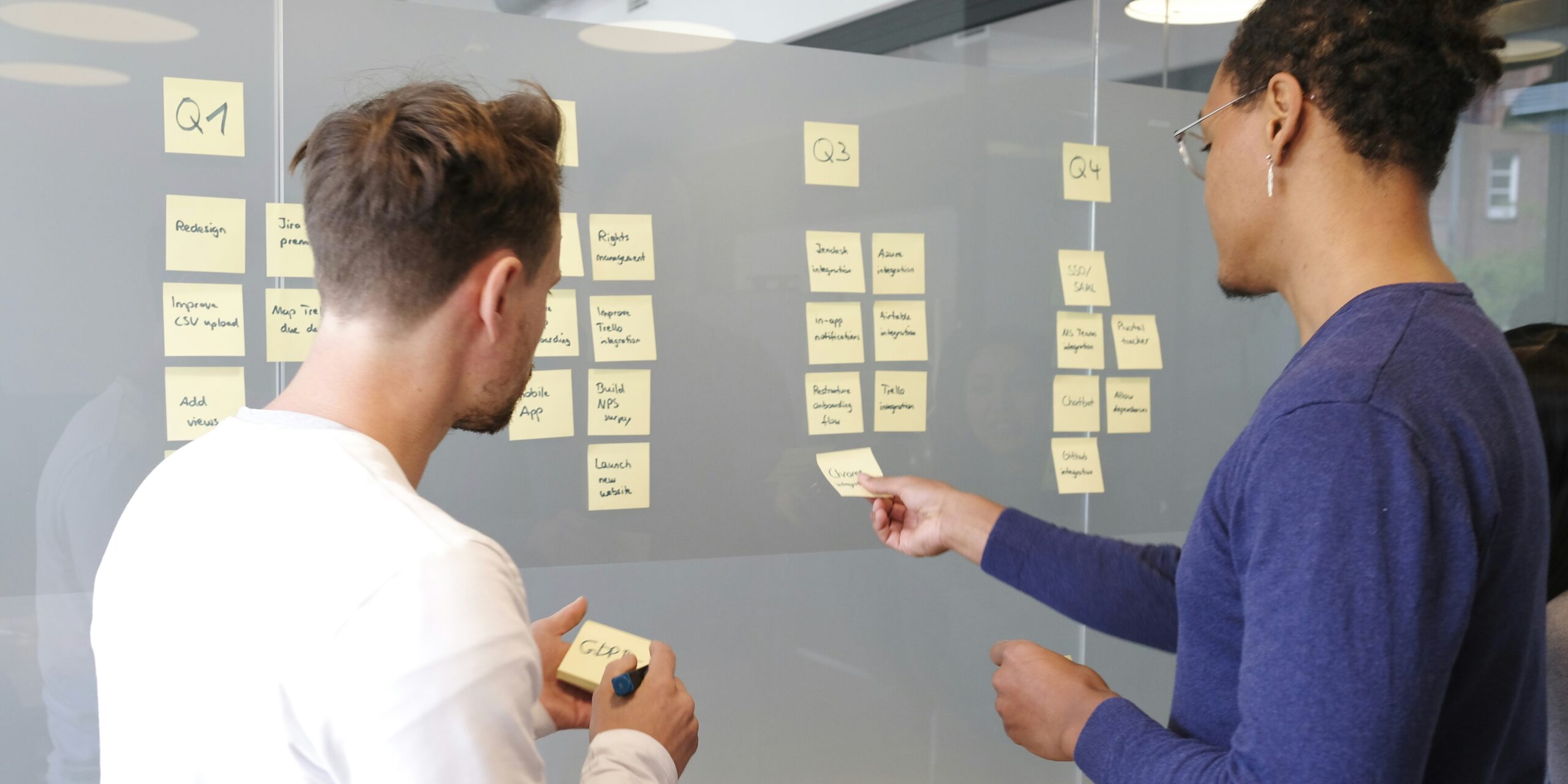Introduction to ViLT Development
When it comes to creating engaging and effective learning experiences, Virtual Instructor-Led Training (ViLT) has emerged as a valuable tool. In this section, we will explore what ViLT is and highlight the importance of following best practices in ViLT development.
What is ViLT?
ViLT, which stands for Virtual Instructor-Led Training, is a learning approach that combines the benefits of traditional instructor-led training with the flexibility and accessibility of virtual environments. It allows learners to participate in training sessions remotely, using various online platforms and tools. ViLT often includes live instruction, interactive activities, and opportunities for collaboration, providing an immersive learning experience regardless of geographical limitations.
The Importance of Best Practices in ViLT Development
To ensure the success of ViLT programs, it is crucial to adhere to best practices during the development process. These best practices are based on research, industry expertise, and proven methodologies, and they help maximize learner engagement, knowledge retention, and overall training effectiveness.
By following best practices in ViLT development, you can:
-
Enhance Learner Engagement: Incorporating interactive elements, gamification, and multimedia content can make ViLT sessions engaging and enjoyable for learners, leading to increased participation and knowledge retention.
-
Ensure Effective Learning Outcomes: Identifying clear learning objectives and aligning the content and activities with those objectives helps ensure that learners gain the knowledge and skills they need.
-
Improve User Experience: Designing ViLT programs with a user-friendly interface and intuitive navigation makes it easier for learners to access the content, participate in activities, and engage with the material.
-
Enable Personalization: Providing options for personalization and customization allows learners to tailor their learning experience to their individual needs and preferences, fostering a sense of ownership and motivation.
-
Gather Meaningful Feedback: Incorporating mechanisms for feedback and assessment enables learners to provide insights on their learning experience, which can be used to make improvements and further enhance the effectiveness of the ViLT program.
By embracing best practices in ViLT development, you can create impactful learning experiences that not only meet the needs of your learners but also align with your organization’s goals and objectives. The planning, design, development, and evaluation phases of ViLT development each play a crucial role in ensuring a successful and effective training program.
Planning and Design Phase
When embarking on ViLT (Virtual Instructor-Led Training) development, careful planning and thoughtful design are crucial for creating effective and engaging learning experiences. This phase sets the foundation for the entire development process. Here are the key steps to consider during the planning and design phase:
Identifying Learning Objectives
Before diving into ViLT development, it’s essential to clearly define the learning objectives. These objectives outline what learners should be able to accomplish or understand after completing the training. By identifying specific learning outcomes, you can tailor the content and activities to meet those objectives effectively.
Creating Engaging Content
To keep learners engaged and motivated, it’s important to create compelling and interactive content. Utilize a variety of multimedia elements such as videos, images, and audio to enhance the learning experience. Break down the content into manageable chunks and use storytelling techniques to make it more relatable and memorable.
Incorporating Interactivity and Gamification
Interactivity and gamification elements can significantly enhance the learning experience. Incorporate activities, quizzes, and simulations to encourage active participation and reinforce key concepts. Gamification techniques such as leaderboards, badges, and rewards can boost learner motivation and drive engagement.
By carefully planning and designing your ViLT development, you can create impactful and effective learning experiences. The next phase, development and implementation, will bring your vision to life by choosing the right tools and platforms, collaborating with subject matter experts, and conducting thorough testing and quality assurance.
Development and Implementation Phase
When it comes to ViLT development, the development and implementation phase plays a crucial role in bringing your vision to life. This phase involves making key decisions regarding the tools and platforms you use, collaborating with subject matter experts, and ensuring thorough testing and quality assurance.
Choosing the Right Tools and Platforms
Selecting the right tools and platforms is essential for successful ViLT development. There are various options available, each with its own strengths and features. Consider the following factors when choosing your tools and platforms:
By carefully evaluating these factors, you can choose tools and platforms that align with your specific ViLT development needs.
Collaborating with Subject Matter Experts
Collaborating with subject matter experts (SMEs) is crucial during the development and implementation phase. SMEs possess the knowledge and expertise necessary to ensure the accuracy and relevance of the content being developed. Here are some best practices for collaborating with SMEs:
- Clearly communicate learning objectives and desired outcomes to the SMEs.
- Involve SMEs in the content creation process to ensure accuracy and alignment with the learning objectives.
- Seek regular feedback and input from SMEs throughout the development process.
- Encourage open communication and establish a collaborative relationship with the SMEs to foster a smooth and efficient development process.
By actively involving SMEs in the development process, you can leverage their expertise to create high-quality and impactful ViLT experiences.
Testing and Quality Assurance
Thorough testing and quality assurance are essential to ensure the effectiveness and functionality of your ViLT. This phase involves testing all aspects of the ViLT, including its functionality, interactivity, and overall user experience. Consider the following best practices for testing and quality assurance:
- Conduct comprehensive testing to identify and resolve any technical issues or bugs.
- Test the ViLT across different devices, browsers, and operating systems to ensure compatibility.
- Seek feedback from a diverse group of users to gain insights into the usability and effectiveness of the ViLT.
- Regularly update and improve the ViLT based on user feedback and evaluation results.
By investing time and effort into testing and quality assurance, you can ensure that your ViLT meets the desired learning outcomes and provides an engaging and seamless experience for your learners.
The development and implementation phase is a critical stage in ViLT development. By choosing the right tools and platforms, collaborating with SMEs, and conducting thorough testing and quality assurance, you can create a successful ViLT that effectively engages learners and facilitates their learning journey.
User Experience and Engagement
To ensure the success of ViLT development, it’s crucial to focus on creating a user-friendly experience that engages learners effectively. This section will explore three important aspects: designing for a user-friendly experience, providing personalization and customization options, and implementing feedback and assessment mechanisms.
Designing for User-Friendly Experience
When developing ViLT, prioritizing a user-friendly experience is paramount. This involves creating an intuitive and visually appealing interface that makes navigation and interaction seamless for learners. Here are some best practices to consider:
- Clear Navigation: Organize the content in a logical manner, using clear headings, menus, and buttons to guide learners through the learning experience.
- Intuitive Controls: Ensure that the controls and interactive elements are easy to understand and operate, minimizing any confusion or frustration.
- Responsive Design: Optimize the ViLT for different devices, such as desktops, tablets, and mobile phones, to accommodate various learning environments and preferences.
- Accessible Content: Make the content accessible to learners with disabilities by incorporating features like alternative text for images and closed captions for videos.
Personalization and Customization Options
To enhance learner engagement and cater to individual preferences, offering personalization and customization options within the ViLT is crucial. Consider implementing the following features:
- Learning Paths: Provide learners with the flexibility to choose their learning paths based on their specific needs and interests. This could involve offering different modules or branching scenarios.
- Progress Tracking: Enable learners to track their progress and access their learning history, empowering them to manage their own learning journey.
- Customizable Settings: Allow learners to personalize certain aspects of the ViLT, such as font size, color schemes, or language preferences, to create a more personalized and comfortable learning environment.
Feedback and Assessment Mechanisms
Feedback and assessment mechanisms play a vital role in ViLT development, allowing learners to gauge their progress and providing valuable insights for continuous improvement. Here are some key considerations:
- Formative Assessments: Incorporate quizzes, interactive exercises, and simulations throughout the ViLT to assess learners’ understanding and reinforce key concepts.
- Immediate Feedback: Provide learners with instant feedback on their performance, highlighting correct answers and explaining incorrect ones to promote learning and retention.
- Progress Reports: Offer learners access to their performance reports and progress summaries to encourage self-reflection and motivate further engagement.
- User Feedback Channels: Implement mechanisms for learners to provide feedback, such as surveys or discussion forums, to gather insights and identify areas for improvement.
By prioritizing user experience and engagement through user-friendly design, personalization options, and effective feedback and assessment mechanisms, ViLT developers can create an immersive and impactful learning environment. Remember to continuously evaluate and refine these aspects based on learner feedback and evolving learning needs.
Evaluation and Continuous Improvement
To ensure the success of your ViLT (Virtual Instructor-Led Training) development, it’s essential to incorporate evaluation and continuous improvement practices. This allows you to assess learning outcomes, gather user feedback, and implement iterative development and updates to enhance the effectiveness of your ViLT program.
Assessing Learning Outcomes
Evaluating the effectiveness of your ViLT program is crucial to determine if the desired learning outcomes are being achieved. It involves measuring the knowledge, skills, and performance improvements of the participants. There are various methods you can employ to assess learning outcomes, including:
- Pre and post-assessments: By conducting assessments before and after the ViLT program, you can compare the participants’ knowledge and skill levels to measure the learning progress.
- Surveys and questionnaires: Collecting feedback from participants through surveys and questionnaires can provide insights into their perception of the program’s effectiveness and whether it met their expectations.
- Performance evaluations: Observing participants’ performance during or after the ViLT program can help evaluate their application of learned skills in real-world scenarios.
By regularly assessing learning outcomes, you can identify areas of improvement and make necessary adjustments to enhance the effectiveness of your ViLT program.
Gathering User Feedback
User feedback is a valuable source of insights that can guide the improvement of your ViLT program. Actively seeking feedback from participants allows you to understand their experiences, challenges, and suggestions for improvement. Some effective methods of gathering user feedback include:
- Post-training surveys: Administering surveys immediately after the ViLT program allows participants to provide feedback while their experience is fresh in their minds.
- Focus groups: Organizing focus groups with a representative sample of participants provides an opportunity for in-depth discussions and the exploration of specific areas of improvement.
- Feedback forms: Providing participants with dedicated feedback forms where they can share their thoughts, suggestions, and any difficulties encountered during the ViLT program.
By listening to your participants’ feedback, you can gain valuable insights that can inform the refinement and enhancement of your ViLT program.
Iterative Development and Updates
ViLT development is an iterative process that involves continuous improvement based on evaluation results and user feedback. By analyzing the assessment data and incorporating user suggestions, you can make informed decisions on the necessary updates and refinements to your ViLT program. This iterative development approach ensures that your ViLT program remains relevant, engaging, and effective.
Regular updates can include:
- Content enhancements: Incorporating new and relevant information, case studies, or examples to keep the content up-to-date and aligned with the latest industry trends and practices.
- Interactive elements: Introducing new interactive elements, gamification features, or simulation exercises to enhance learner engagement and interactivity.
- Technical improvements: Addressing any technical issues or glitches that participants may have encountered during the ViLT program to ensure a smooth and seamless learning experience.
By continuously iterating and improving your ViLT program, you can maximize its impact and provide a valuable learning experience for participants.
Evaluation and continuous improvement are essential components of successful ViLT development. By assessing learning outcomes, gathering user feedback, and implementing iterative development and updates, you can refine and optimize your ViLT program to achieve the desired learning objectives and deliver a high-quality virtual training experience.




